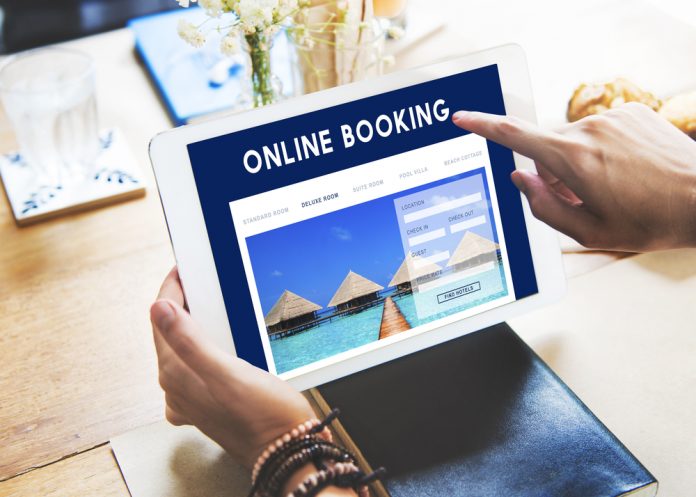As a hotel owner or marketer, it can be frustrating to feel as though you’re doing all you can to sell your property and yet you’re still seeing high bounce rates and would-be guests looking but not booking. If you’ve followed all of the traditional advice – improving your website, employing SEO, taking better pictures and overhauling your Hotel booking engine – then you might want to consider taking a closer look at the gap between engagement and conversion.
You may just find that better collecting and analysing data on your guests works wonders at encouraging people to make reservations.Why involve data? Boosting conversions has traditionally revolved around advertising, installing booking engines, managing multiple marketing channels and carefully monitoring cashflow using hotel revenue management systems in order to check that reservations go through and business is driven towards the property.
Meanwhile, engagement inevitably focuses on nurturing relationships between the hotel and guests, be they past, present or future, to turn them into brand ambassadors and keep your brand at the forefront of their minds when they’re next booking.However, many marketers don’t tend to merge the two. It’s important to remember that the information you collect from practising engagement can be used to influence conversion and the techniques you opt to carry out to drive more visitors to your website.Think about it: in the 21st century, we’re collecting so much data that we can easily use it to our advantage and help us to build up a better picture of what we need to do to change lookers into bookers.
How can I use data to increase bookings? There are lots of different techniques that you can use to put this into practice, so we’ll just focus on a few here and give you a quick insight into what we mean – and how you can put the idea to good use for your own property.One popular method is optimising your website to suit particular audiences. You need to identify the best possible conversion experience, which you can do by analysing the devices people use when they’re browsing on your website, their location, their other browser tabs and a number of other parameters. It’s then possible to build a better internet experience for them and make booking so seamless that they don’t even think about going away. You can go a step further and use the data you collect on web visitors to tailor your content too. For example, if you know you attract thousands of hipsters but very few retired couples, make your site youth-friendly and tone down the content for older audiences.
Another top technique is to offer different rates depending on who you’re trying to target. Some revenue management systems allow hotels to customise pricing automatically if they see past customers have returned. For example, they can offer a coupon pop-up for a discounted stay if the computer recognises the sign-in data, which should act as a driver for bookings. It’s also possible to check out and predict guest preferences based on existing persona profiles so that you can offer smart pricing for those you think might be on the fence and haven’t yet stayed with you. Do remember your parity agreements if you’re registered with OTAs, though, as you mustn’t undercut these.
The important thing to consider is that you need to know your metrics in-depth and find out which matter most to your guests in terms of them moving through the sales funnel and completing their bookings. If they’re dropping out at a particular point, discover why and test ways of fixing it using data you already have. Why not see if connecting what you already know about your guests can help you to overcome problems, find new revenue streams and drive better rates of booking?







